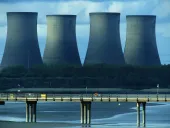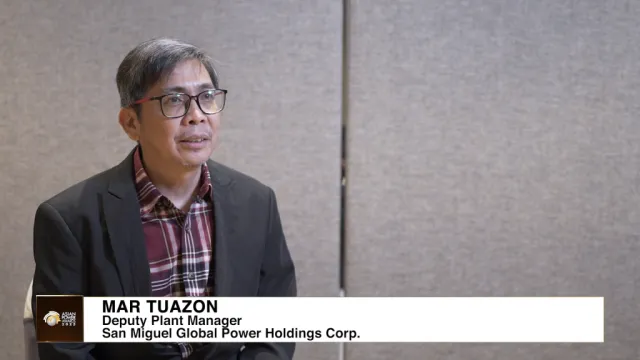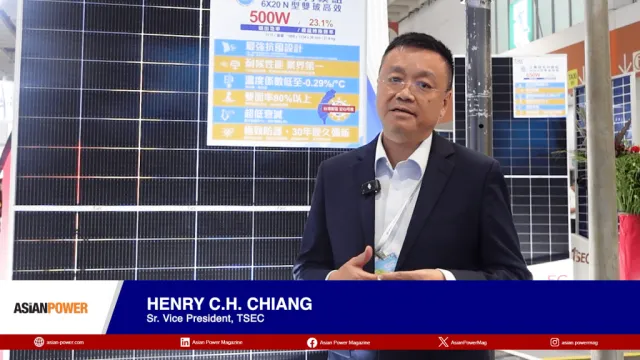
HK Electric completes first stage of emission programme
HK Electric commissioned a flue gas desulphurisation plant and a low Nitrogen Oxides System for its coal-fired generation Unit 5. It marked the completion of the first of a two-phase emission reduction programme.
The programme to retrofit emission control installations for some of the coal-fired units at the Lamma Power Station was planned four years ago with a view to meeting emission targets for 2010 set by the Government.
The installation of the FGD plant for Unit 5 will reduce more than 90 percent sulphur dioxide emission in the flue gas while the low Nitrogen Oxides burner will reduce the formation of NOx by over 60 percent.
"With the completion of the first stage of the programme, we will now move on in full force to the second stage of retrofitting two more units – with two FGD plants and one low NOx burner scheduled for completion by April next year," said HK Electric's General Manager - Projects, Dr. Tso Che-wah.
"With the completion of the entire programme, the emissions of SO2, NOx and Suspended Particulates are expected to be reduced by 11,800 tonnes, 3,300 tonnes and 114 tonnes respectively in 2010, based on the projected operation of the units. Together with our plan to increase gas-fired generation to around 30 percent, we are confident of achieving the Government’s 2010 emission targets," Dr. Tso added.
FGD plant was first installed in Lamma Power Station in the 1990s and the newly commissioned plant is the fourth to be installed and has the highest efficiency of 92 percent.
Dr. Tso is pleased that the retrofit programme has progressed as scheduled despite all the difficulties encountered. "Space and time constraints are the biggest challenges. The construction area for retrofitting Unit 5 is only 400 square meters, one-fourth of the size of our existing FGD plants. Our engineers needed to carefully plan installation procedures to fully utilise the limited space," Dr. Tso noted.
As the construction site is packed with existing facilities, HK Electric engineers had to remove existing oil tanks and relocate pipes to make space for the FGD plant. A 500-tonne crane was used to hoist main components from the surrounding area to the construction site for installation. Every step, including fire precautions, had to be precise to ensure safety.
"Time constraint was another challenge as Unit 5 is a heavy duty unit and we needed to plan the installation so as not to disrupt generation schedules," Dr. Tso said.
With the commissioning of all of the additional installations and the increased use of natural gas, it is expected that in 2010, over 95 percent of the electricity generated at the Lamma Power Station will be by gas and coal-fired units fitted with FGD and low NOx burners.



















 Advertise
Advertise







